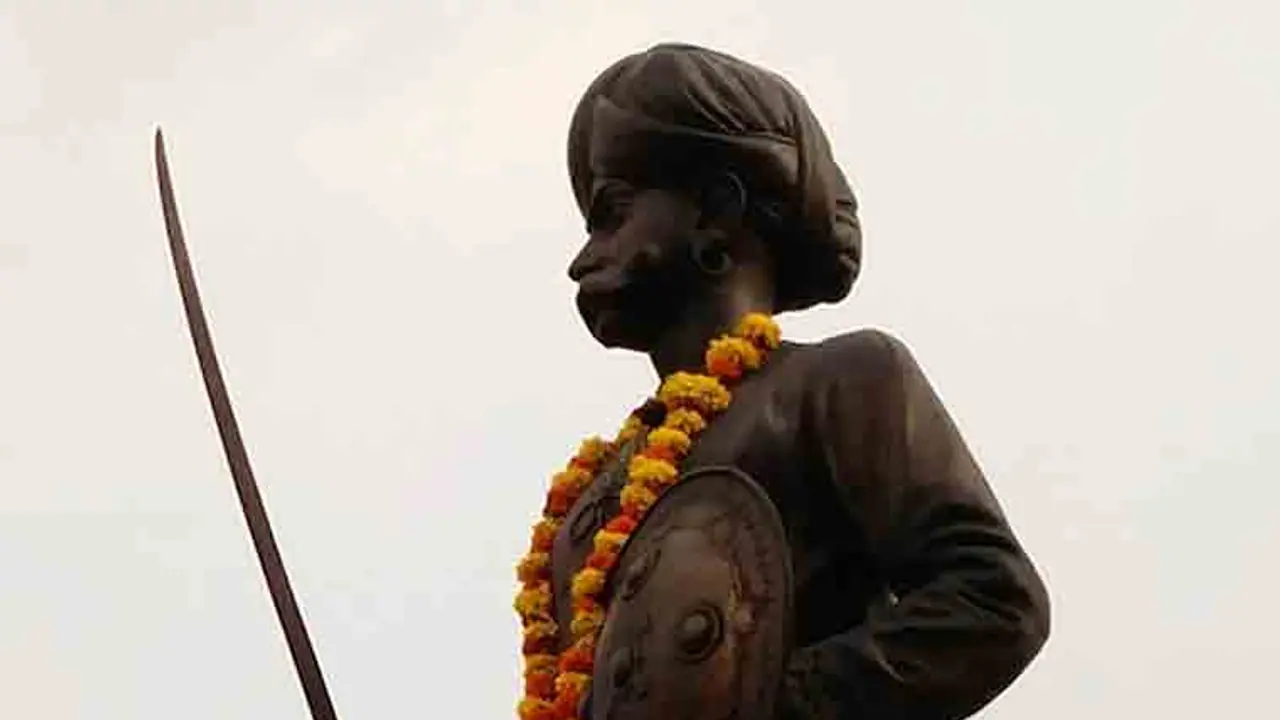Bengaluru has a lot more to it than being the IT hub or the silicon city. It is rooted in history with many interesting factors that make the city what it is today, some of which, current residents of Bengaluru may have no idea about. We present the lesser-known side of Bengaluru.
Bengaluru: Chennai was built by Francis Day of the East India Company with an intention of making it a colonial centre 413 years ago. Jobb Choronak built Kolkata 370 years ago. Bombay was built by the Portuguese and they gifted it to British King Charles. However, Bengaluru is a city built by a desi ruler. The city was shaped out 480 years ago. Though it is the oldest among the four metropolises, it is scientifically planned and remained a haven of sorts for habitation with abundant water bodies, a secure fort and broad roads with four gates that regulated entry and exit for years.

Nadaprabhu Hiriya Kempe Gowda, popularly known as Kempe Gowda, was a feudal ruler under the Vijayanagara Empire. Well educated Kempe Gowda was a successor of Kempananje Gowda, who are the descendants of Morasu Gowda lineage. They were known as the rulers of Yelhankanadu. The more famous of the Yelahanka Nadu Prabhus is Kempe Gowda I. He ruled for 46 years, from 1513 to 1559. He planned and successfully implemented the building of Bengaluru Fort and Bengaluru Pete.
Kempegowda Jayanti is the birth anniversary of the founder of Bengaluru, celebrated on June 27.
1) Story behind Bengaluru
According to legend, the founder of the Bengaluru City, Kempegowda, ran four bullock carts in four directions and when they stopped, marked points to indicate the boundaries of the city. Folklore has it that that the starting point was the centre of Chickpete. Strangely, when all the four points were connected it made a perfect circle.
Also, the city wasn't Bangalore or Bengaluru then. The city called 'Bendakaalooru' meaning 'baked beans', went through many changes to get its current name.
2) Kempegowda's son identified the four points and built four towers that still stand today.
3) The planned traders' regions were named according to the materials sold in the area; Akkipete, for rice, Balepete for bangles, Ragipete for millet, Aralepete for cotton and so on. Few of the old names still exist and are still famous for the materials sold, however, the areas no longer sell those goods exclusively.
4) The old Bengaluru Pete and the old London City have many similarities, though there was no way the planners of the two destinations could have met. Old London has Milk Street, Bread Street, Mason Avenue, Ironmonger Lane etc, just like the Bengaluru Pete area.
5) The 9 gates of Bengaluru - Halasuru Gate, Yelahanka Gate, Kengeri Gate, etc, are similar to the London's Ludgate, Newgate, Aldgate, Bishopsgate, etc.
6) The mud fort, now called the Bangalore Fort in City Market that Kempegowda built in 1537 stood strong till the time it was replaced by a stone fort in 1761 by Mysuru King Hyder Ali.
7) Kempegowda accepted the sovereignty of Vijaynagara kings but acted as an independent ruler and was known for helping his subjects.
8) As a mark of respect, Bengaluru's International Airport was named after the city’s founder, and is now known as Kempegowda International Airport.
9) The BMTC and BMRCL also fondly remember the founder. The main bus stop in the city is known as Kempegowda Bus Stop and one of the main metro stations is known as Nadaprabhu Kempegowda Station.
